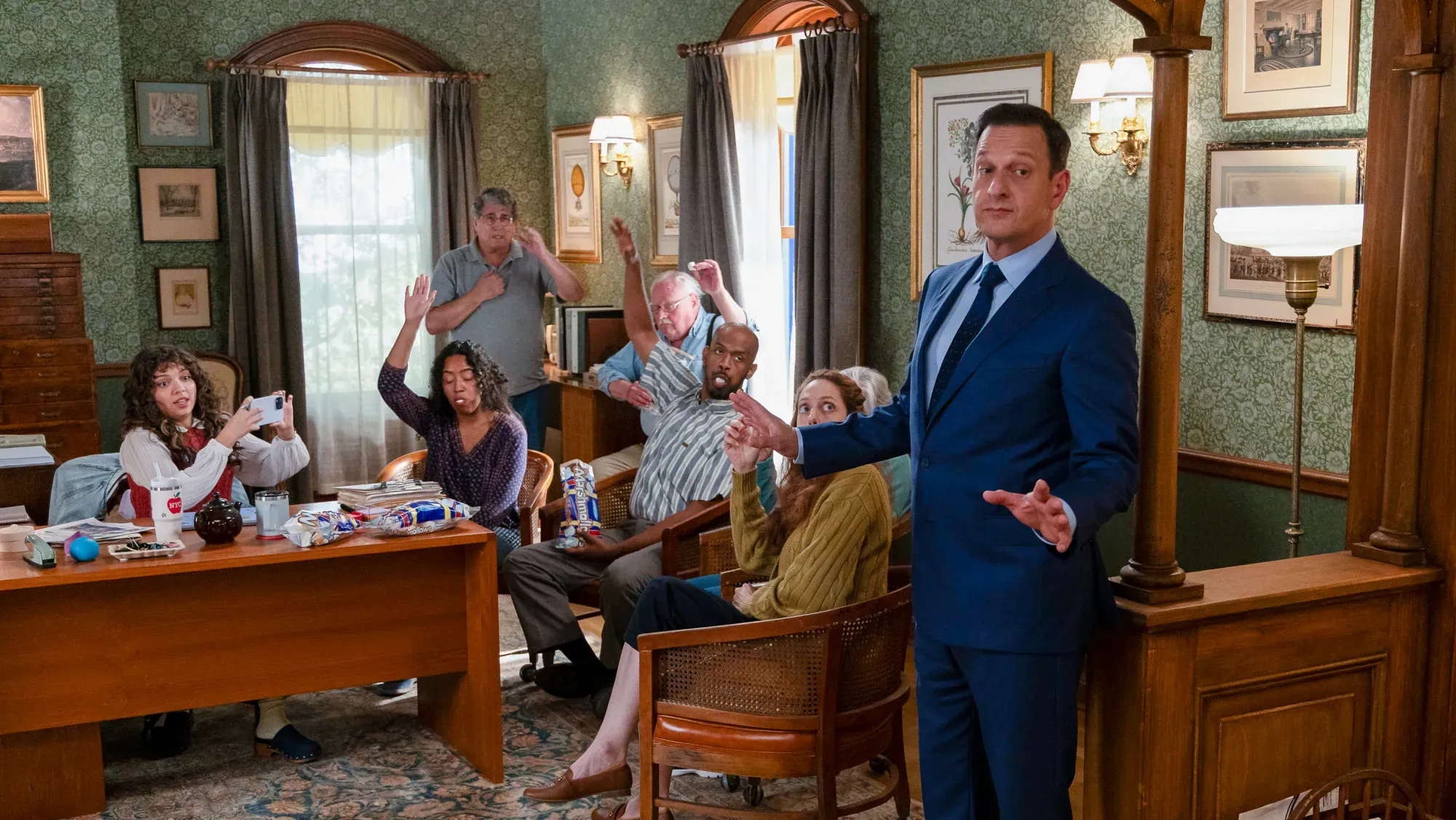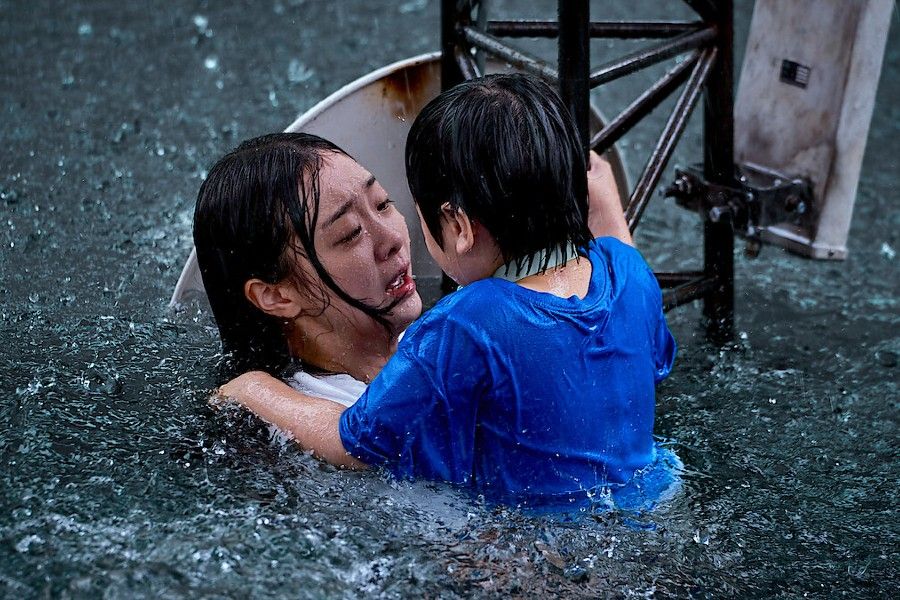
Parthenope (2024) — Movie Review
- May 23, 2024
"Parthenope," Paolo Sorrentino's recent cinematic ode to his beloved city Naples, delivers a mixed bag of intricate character study and ostentatious visuals. Despite the film's captivating start and resonant conclusion, its central figure, Parthenope, metamorphoses from a fascinating character into a perplexing enigma.
Unlike previous characters in Sorrentino’s oeuvre, Parthenope's allure fails to sustain viewer interest due to her evolving ambiguity. This striking visual masterpiece opens with a panoramic view of 1950s Naples, where an ostentatious golden canopy bed from Versailles is being transported across the Bay of Naples as a present for a young couple expecting their second child.
The film then leaps forward to the Summer of 1968, capturing Parthenope's alluring youth spent in Capri, intertwined with subtle narratives of desire, beauty, and rejection. Yet, the surrealism is derailed by tragedy coinciding with a cholera outbreak, symbolized by a truck dispersing disinfectant through an eerie maze of tentacles.

Parthenope's life takes intriguing turns as she temporarily probes the world of cinema, returns to academia spurred by a grumpy professor's respect, and briefly encounters a notorious diva who disparages Naples. Despite a plethora of visually stunning scenes depicting Parthenope's life, the narrative loses coherence, appearing superficial.
The gorgeous cinematography, presented by Daria D'Antonio, consistently highlights the gritty glamour of Naples. Yet, Sorrentino's indulgence in exaggerated imagery often serves as a distraction rather than adding depth to Parthenope's tale.
The film's narrative span of 30 years occasionally lands on poignant moments as Parthenope's life unfurls. Yet, these fleeting instances of moving insight are not enough to rescue the film from the ambiguity that prevails.







